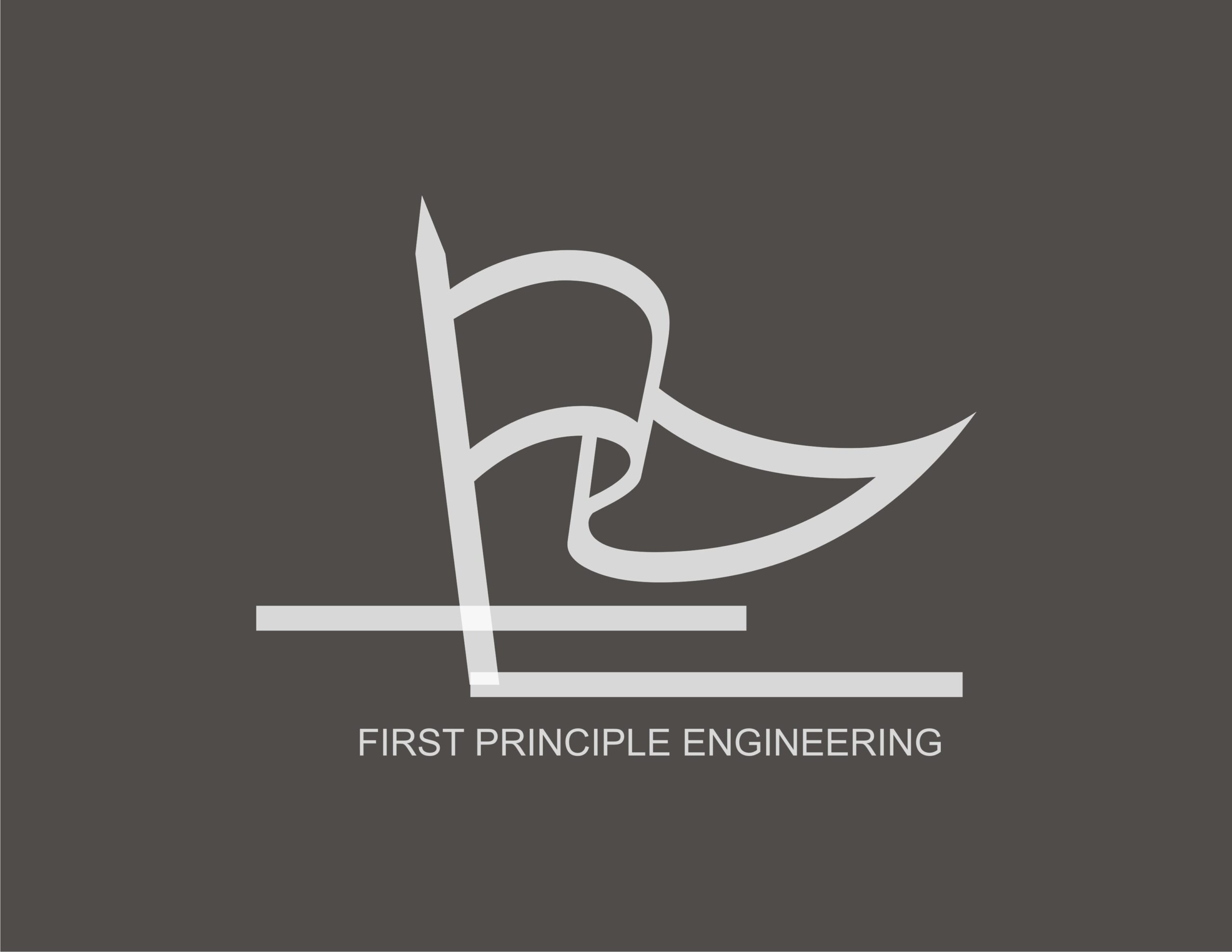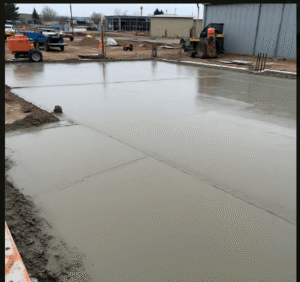Durability is the ability of structures to meet the requirement of serviceability, strength and stability without excessive maintenance throughout its working life. The level of maintenance should not be disproportionate to that which is anticipated throughout its service life. Section 4 of Eurocode 2 deals with durability and cover requirements of concrete structures.
Durability of structures is largely dependent on condition of the immediate environment; hence many durability provisions are nationally defined in respective national annexes of member countries, and recommendations provided in EN 1992-1-1. The UK National annex directs users to BS8500 which serves as the standard for durability requirement in the UK. BS8500 is actually more encompassing as it covers other aspects such as selection of materials and design of a suitable concrete mix which are not found in EN 1992-1-1.
In this article, we shall focus on durability requirement according to EN 1992-1-1 and summarily discuss alternative provisions in BS8500 at the end.
Factors Affecting Durability of Structures
A durable structure is not achieved solely due to adequate design; thorough construction supervision and material selections also play significant roles. All process leading to the production of a structure has to be integrated for a durable structure to be achieved. According to clause 4.3 of Eurocode 2, the requirements for durability shall be considered when considering the following:
- Structural conception
- Material selection
- Construction details
- Execution
- Quality Control
- Inspection, Verifications
- Special measures (e.g., use of stainless steel, coatings, cathodic protection).
Basis of Durability Design
Similar to strength and serviceability design which requires computation of action effects, and then the sizing of members to resist these effects, durability also follow similar procedures. Design for durability also requires that the environmental conditions (which are similar to actions in the context of durability) are identified and then the structure is designed to ensure it resists the effects of these environmental conditions (carbonation, corrosion, spalling etc.) for a reasonable lifetime. Eurocode 2 groups these environmental conditions into classes, which are further discuss in the next section below.
Exposure Classes
EN 1992-1-1 groups environmental conditions into six exposure classes in increasing order of their aggressiveness. These classes are:
(1) no risk of corrosion or attack
(2) corrosion induced by carbonation
(3) corrosion induced by chlorides
(4) corrosion induced by chlorides from sea water
(5) freeze-thaw attack
(6) chemical attack.
Each of these classes are subdivided into subclasses which define the severity of the risk of attack. The classes and sub-classes can be found in table 4.1 of EN 1992-1-1 which is reproduced below.

Mechanism of Corrosion and Methods of Prevention
Deterioration in concrete can occur due to chemical attack and freeze and thaw, however, corrosion is the commonest mechanism that leads to deterioration of concrete globally. Corrosion can be due to carbonation or presence of chlorides.
Ordinarily, the alkaline nature of concrete prevents embedded steel from corroding. However, this protection can be lost to carbonation or the presence of chloride. Carbonation occurs when carbon dioxide in the atmosphere reacts with alkali in cement until the alkalinity of the concrete is seriously reduced and the reinforcement in the concrete is attacked. Concrete with thick cover, high strength and low water-cement ratio carbonate slowly unlike poor concrete.
On the other hand, corrosion can also occur in reinforcement even when the alkalinity of the concrete is not lost if chlorides are present. Chlorides from sea water or other sources react with reinforcement in the presence of air and moisture. The rate of corrosion due to chloride in quality concrete is also minimal as such concrete prevents ingress of water which is necessary for chloride to react with reinforcement.
Corrosion can be designed against by ensuring adequate cover with quality concrete. However, when the aggressiveness of the environment is very high, other protective measures such as coating the reinforcement with epoxy, coating the concrete surface to prevent water ingress, cathodic protection, use of stainless steel etc. can be adopted.
For majority of structures, provision of adequate cover with quality concrete which is well compacted and cured would suffice to prevent corrosion. This is further discussed below:
Cover Requirement
The concrete cover is the distance between the surface of the reinforcement closest to the nearest concrete surface (including links and stirrups and surface reinforcement where relevant) and the nearest concrete surface. The cover to reinforcement is expected to provide safe transfer of bond stress, prevent corrosion (durability), shield reinforcement from fire. The cover required for a structure is taken as a nominal cover, which inherently by definition allows for deviation on site during placement. This is express in the standard as:
Cnom = Cmin + CΔdev
The recommended value of CΔdev is 10 mm and this is also adopted by the UK national annex.
Due to overlapping function of cover, the minimum cover is expressed as maximum cover demand between safe transfer of bond stress, prevent corrosion (durability), shield reinforcement from fire. This is express as:
Cnom = max (Cmin,b; Cmin,dur + ΔCdur,Υ – ΔCdur,st – ΔCdur,add ; 10mm)
Where:
Cmin,b; minimum cover due to bond requirement
Cmin,dur minimum cover due to environmental conditions
ΔCdur,Υ additive safety element
ΔCdur,st reduction of minimum cover for use of stainless steel
ΔCdur,add reduction of minimum cover for use of additional protection
The values of ΔCdur,Υ, ΔCdur,st, and ΔCdur,add should be taken as 0 as recommended by the standard. This recommendation is also adopted by the UK NA.
The minimum cover requirement with regard to bond (is provided in table 4.2 of EN 1992-1-1 which is reproduced below:
The minimum cover requirement with regard to bond (Cmin,b;) is provided in table 4.2 of EN 1992-1-1 which is reproduced below

The minimum requirement with regard to durability is provided in table 4.4N and table 5.5N of the standard (which are reproduced below) for reinforcement and prestressed tendons respectively.


As can be seen in the above tables, the values for the minimum cover are due to structural class and exposure classes. Exposure class XC1/XC2 (as provided in table 4.1 of the standard) is recommended as default for typical building structures, while S4 is recommended as the default structural class for design working life of 50years when indicative strength in Annex E is also considered. Before looking up for the nominal cover for durability, table 4.3N (which is produced below) can be used to modify the structural class for structures such as those constructed with high strength concrete, 100years working life, members produced in factories with high QAQC.

BS 8500 Provision
The UK national annex adopts the recommended value for minimum cover for safe transfer of bond stress. However, the minimum cover for durability is to be taken from table A.4 and A.5 for structures of at least 50years and 100years working life respectively. Besides that these tables offer the cover requirement, they also provide required concrete strength class, cement content, and water/cement ratio for each exposure class in a single table making the user to obtain necessary information at once from a single table unlike what is obtainable in EN 1992-1-1
Worked Example
We will assess the required concrete cover for a 200mm-thick elevated post-tensioned slab designed for a car park. Since the slab will be sheltered by a roof and situated in a non-aggressive environment, the appropriate exposure class, based on Table 4.1 of EN 1992-1-1, is identified as XC1.
Structural class
The default structural class is S4. Based on parameters in Table 4.3N of EN 1992-1-1 we shall workout the design structural class.
Design life of structure: Since the design life of structure is 50years and less than 100years, the structural class remain S4.
Strength class: Since the concrete strength is greater than 30/37 the structural class is reduced to S3
Member with slab geometry: Since the member is a slab, the structural class is reduced to S2
Special Quality control: It is assumed that special quality control would be observed during production, the structural class is reduced to S1
Minimum Cover
Minimum cover with regards to bond is the diameter of the tendons which is 12mm (Table 4.2 EN 1992-1-1)
Minimum cover requirement with regard to durability due to prestressing steel is 15mm (From table 4.5N of EN 1992-1-1, corresponding to structural class S1 and exposure class XC1)
Since Minimum cover requirement with regard to durability due to prestressing steel is greater than the Minimum cover with regards to bond, then the minimum cover is 15mm
Deviation
Although the recommended deviation from EN 1992-1-1 is 10mm, we shall adopt 5mm in this article
Nominal Cover
Cnom = Cmin + CΔdev = 15 + 5 = 20mm
To read the full design of the post-tensioned Slab read “Design of One-way Post-tensioned slab – Worked Example”
References
BS EN 1992-1-1:2004, Eurocode 2: Design of concrete structures – Part 1-1: General rules and rules for buildings
National Annex (informative) to BS EN 1992-1-1:2004, Eurocode 2: Design of concrete structures – Part 1-1: General rules and rules for buildings
BS 8500‑1:2015+A2:2019





